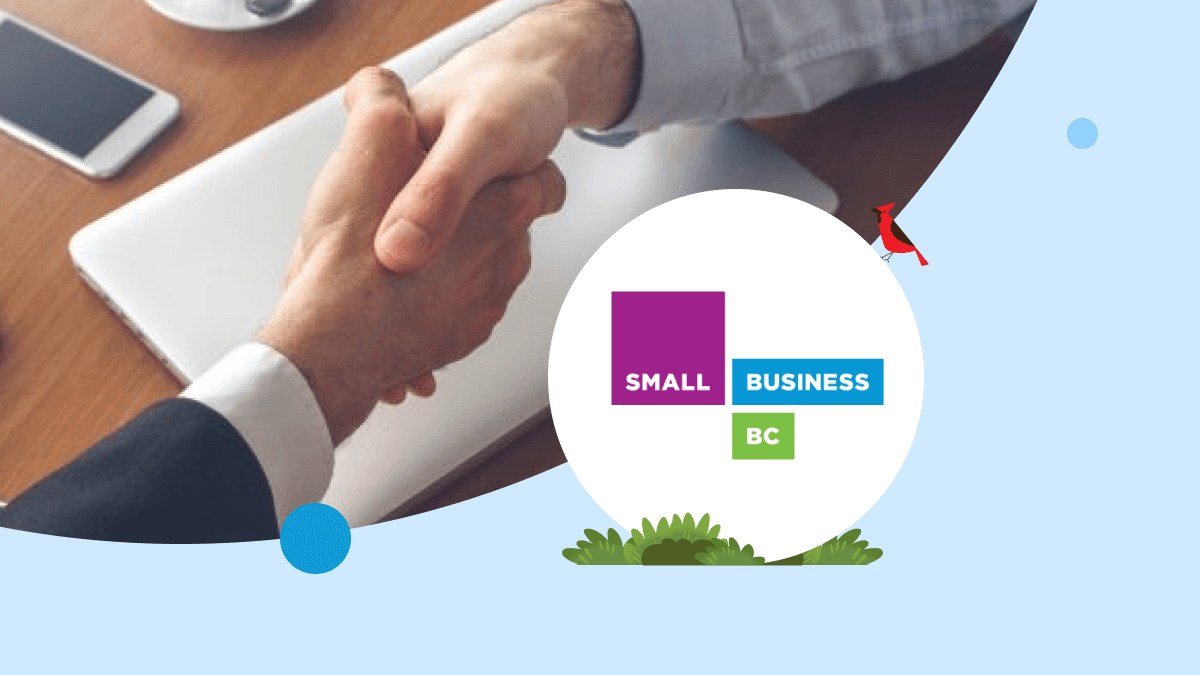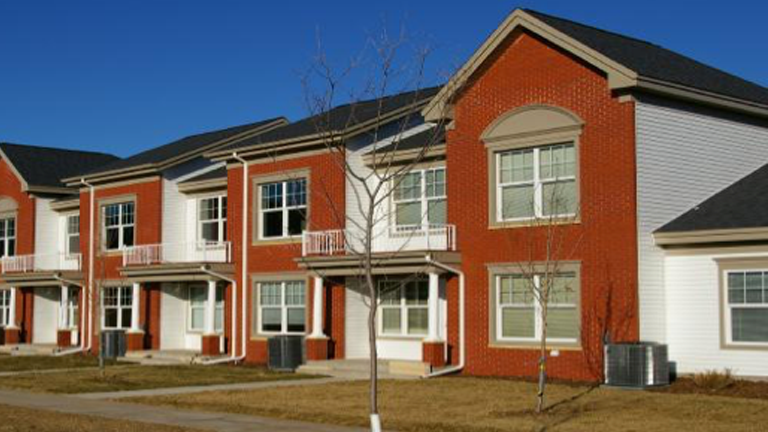L.A. Metro is a Trailblazer
L.A. Metro’s TAP Program is a Trailblazer in building the next-generation, seamless transit experience
When thinking about driving in Los Angeles, there is only one thing that comes to mind: traffic.
Larger in population than 41 U.S. states, L.A. County is home to over 10 million people. In fact, nearly one-third of all of California’s residents live, work, and play within its 1,433-square-mile area. From both an environmental perspective and a lifestyle perspective, traffic is one of the biggest issues the area faces; a study conducted by INRIX shows that in Los Angeles alone, drivers spend more than 102 hours a year stuck in traffic during peak travel times (compared to the national average of 41 hours per year).* And, the lower price of motor fuel and cars in general relative to recent years, combined with an increase in the number of driver's licenses issued, has brought even more traffic to L.A.'s freeways, contributing to the existing congestion.
“We know traffic in L.A. is the worst in the nation, and we want to fix that by getting people off the road and into public transit, drive green efforts instead of driving cars, and make better use of L.A.'s infrastructure,” said Robin O'Hara, Executive Officer responsible for customer experience in the regional TAP Transit Smart Card Program at Los Angeles County Metropolitan Transportation Authority (L.A. Metro). “TAP is responsible for providing a fast, secure, and reliable transportation payment system with flexible choices for our clients and customers — we are committed to giving people living in L.A. County a better quality of life.”
L.A. Metro and TAP tackle a point of inflection …
O'Hara's comment reflects a dynamic common across many communities, nationwide.
As digital, tweet-happy millennials have redefined what today's generation considers to be fast, high-quality service, organizations have been similarly impacted across all major industries: They must adapt their service models accordingly if they are to stay relevant, while also catering to more traditional transit riders who prefer paper tickets and engagements via email or phone calls — all on the lean, mean budget typical of the public sector. For transit organizations specifically, this is all in the shadow of an industry that has been completely disrupted by ride-sharing business models.
“If we are going to attract people to busways and railways, we need to provide a fast, easy, friendly customer experience for everyone. Those who like to drive, those who have the means to take a Lyft or Uber, those who want greener or more active choices, and those who appreciate the familiarity and accessibility of a traditional transit system. We have to think about equity,” said O'Hara.
O’Hara and her TAP team knew they needed to offer more choices if they were going to retain existing customers and attract new riders, and they needed it to be a one-stop shop: all available on TAP.
… and transform the foundation of the system.
TAP is the County's regional transit program that gives riders a single, reusable, reloadable card that works across L.A.'s 25 public transit agencies (of which L.A. Metro is the biggest). It runs on a Cubic system called Nextfare and is read by an RFID-style device on trains, buses, and so on “The TAP cards work really well; they interact in less than half a second with our hardware, and are perfect for the instant access that is needed as millions of people conduct millions of transactions a day when boarding our buses and trains. However, as you can probably imagine, that ‘card + hardware’ experience is difficult to replicate with account-based transportation options like bike sharing or ride sourcing. You can't just add a hardware device to those experiences. We asked Lyft; they told us no,” O'Hara laughed.
As more transit organizations are looking to modernize their services, certain cities are starting from scratch and building entirely new account-based systems. But O’Hara consulted with TAP’s consultant, Mark Kroncke of Invoke Technologies, who recommended not throwing the entire transit system infrastructure out. Rather, he outlined a plan that (1) kept the hardware infrastructure since it was working well, and then (2) added a digital layer, enabling seamless connections between TAP’s wallet function and account-based platforms like Lyft’s. The result: TAPforce — an engagement layer on Salesforce that turns the TAP card into a TAP account, allowing Metro customers to take part in ride-share experiences and more traditional public transit services alike.
- Account-based service: Service Cloud gives TAP a platform that stores data about a customer in a profile-like setting for each TAP user. This gives employees one, central place to review sales history, see an account’s balance, address customer service inquiries, manage cases, and more across both hardware-based transit and account-based transit.
- Enterprise platform services: Publicis Sapient, Metro’s implementation partner, was brought in to "configure the engagement layer to integrate with third-party systems, like Metro Bike Share, allowing patrons to pay for partnering services with one account,” said Publicis.Sapient’s Chad Kaltenstein. “We also configured it to integrate with TAP’s website so that patrons can register and reload TAP cards online, apply promotion codes, and more — all over desktop or mobile.”
- Marketing and outreach: Marketing Cloud was layered on as a tool to help the team get their messages out in real time, enable opt-in marketing choices and reach their customers via any digital platform. Email Studio automates and executes email outreach based on the same profile datasets. “This has given us a lot of flexibility,” said O'Hara. “For example, if we want to incentivize people onto Bike Share, we can adjust the price in TAPforce in minutes by offering coupon codes or other discounts, and then communicate that out, drawing people into new forms of transportation that they might not have tried before.”
- Data and insights: Tableau CRM gives TAP integrated reports and dashboards, which pull datasets from different systems — discount groups, third-party systems, payment methods, social platforms, and more — into a single view. Clickable, web-style interfaces allow users to click into details or roll up to summary views, giving staff the tools they need to analyze results, surface trends, pinpoint key events, and apply learnings to future activity.
Instead of building a single-purpose solution, the TAP team deployed a strategic platform. With a keen understanding of their customer profiles and innovative thinking, the team “used the cloud to transform a card-based system into a hybrid, account-based system that keeps all the legacy benefits while adding new flexibility for growth,” said O'Hara.
See TAPforce come to life
Paving the way for smarter transportation.
The platform's flexibility has opened new doors, created new efficiencies, and reinforced L.A. Metro's commitment to equity.
In the same way TAPforce can now speak to third-party transportation modes, it can speak to third-party payment systems, offering new ways to pay. People can now fund their TAP Wallet using cash. “Before, you needed a credit or debit card. But now, un-banked customers can use their phones or computers to download or print a simple bar code and take it into one of over 1,000 convenience stores and local businesses that are set up with the PayNearMe cash payment system — and load cash to their account via the cashier,” said O'Hara. “You can still pay via credit or debit card, or PayPal now. But with PayNearMe, we're just better equipped to serve those who haven't previously been able to participate due to not having a credit or debit card.”
The team also set up a loyalty program. “Our customers will soon be able to earn points as they make purchases using their TAP account, which can then be cashed in as credit toward their service of choice.” Although the functionality is built, the TAP team is still working on the redemption model, which will be released before the end of 2019. “We aim to include Bike Share, parking, microtransit, and more,” said O'Hara. “When you go into Starbucks with your rewards points, they don’t just hand you a black coffee. They let you pick from a menu of options. We have built our rewards program based on that same model.” This kind of functionality is only possible with a user-centric, account-based, comprehensive platform.
Most importantly, the success of these new services is starting to show in TAP’s numbers. On the first day Bike Share registration opened, over 1,000 Bike Share accounts were registered by new customers. Visits to the TAP website have doubled, thanks to new functionalities such as program signups. “The new functionalities were introduced as a soft launch, so no advertising was associated with their introduction. Customers have obviously found the changes intuitive, easy to use, and beneficial, so needless to say we are very excited to see what kind of success we get once we launch our ad campaign, coming this spring,” said O’Hara.
“We're incentivizing people to get off the roads and into public transit, shared services, or active transport,” O’Hara said. “We can now offer incentives to be green, and reduce strain on L.A. County. We're demonstrating how to transform the customer experience, incorporate modern transit options, and really think regionally.”






